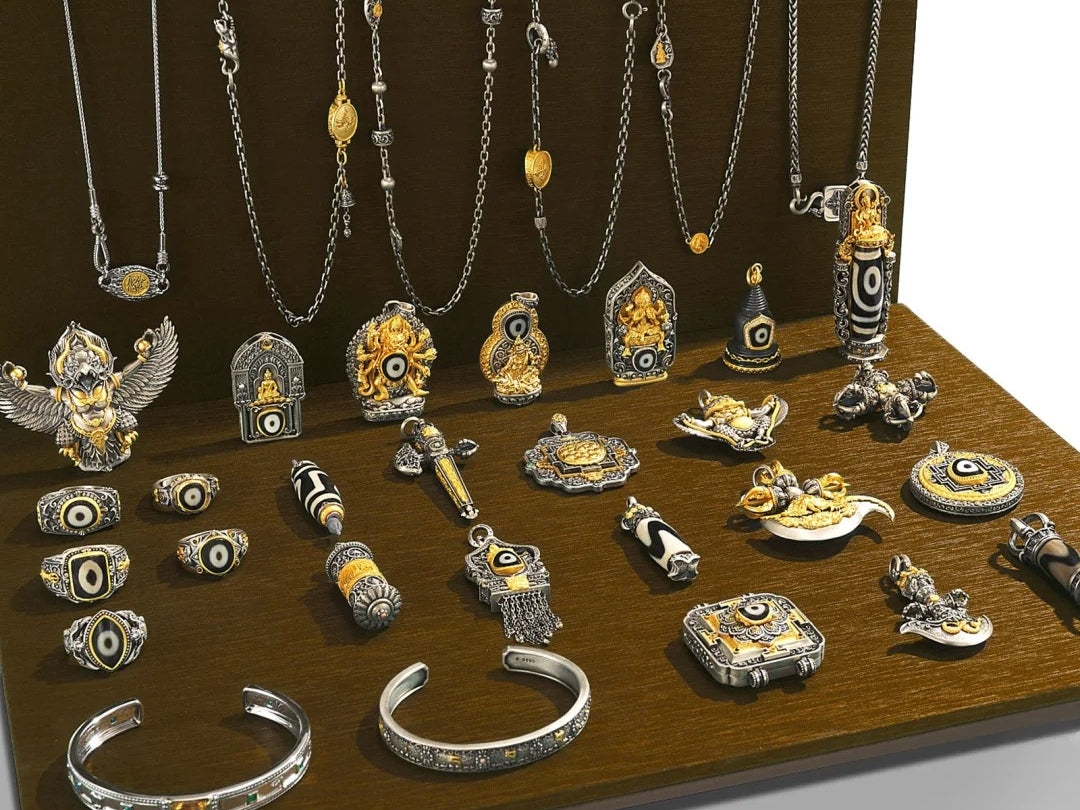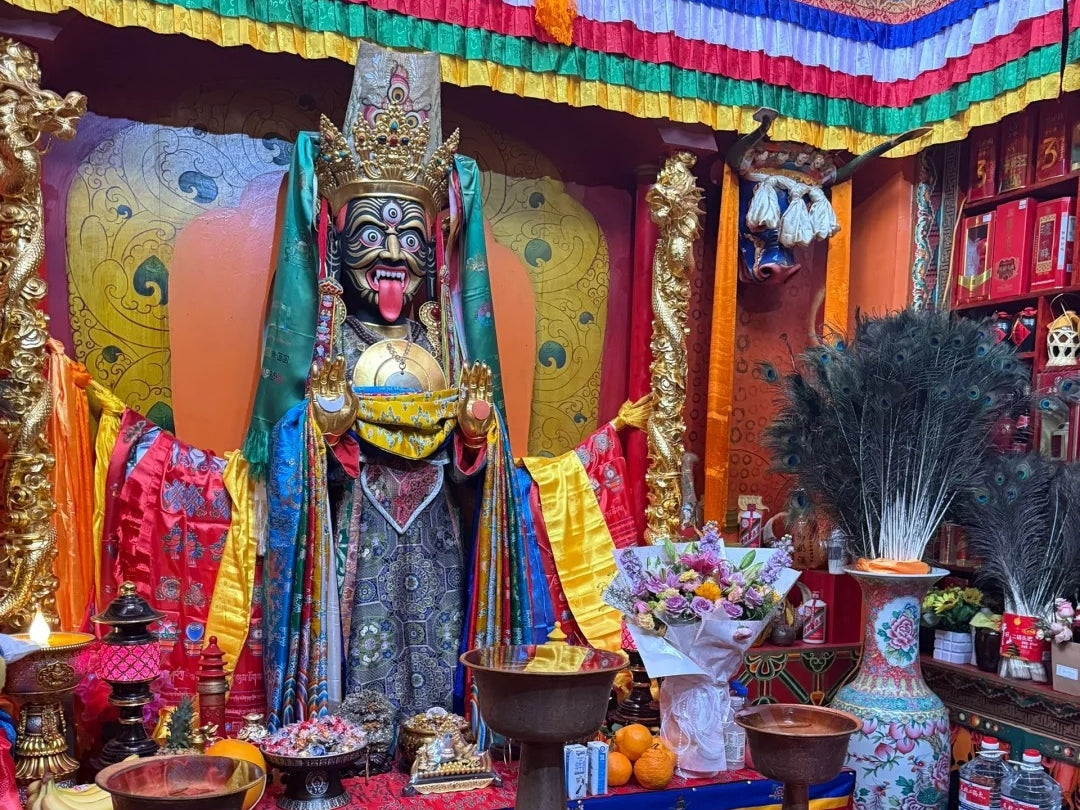In Tibetan Buddhism, Zakiram is revered as a potent female wealth deity whose Thangka paintings—known as Zakiram Thangkas—symbolize auspicious blessings, prosperity, and protection. Traditionally framed within the “Four Harmonious Symbols,” these vibrant scrolls remind us of filial respect, peace, and community harmony. Yet, to honor her sacred presence and ensure her blessings endure, there are four key Zakiram Thangka wearing taboos every devotee should observe.
1. Choose the Auspicious Hour for First Wearing
The ideal time to don your Zakiram Thangka pendant is between 7 AM and 9 AM, the period called “Dragon Raises Its Head”—a time of renewed energy and auspicious momentum. This window harnesses morning light and yang energy, inviting good fortune and activating the Thangka’s blessings.
Tip: Those born in the Year of the Dog may shift by an hour earlier or later to align with compatible zodiac rhythms and avoid energetic conflict.
2. Remove Before Bathing or Showering
Water and soap can strip away the consecration (wang旺) and magnetic charges enlivened during ritual blessings. Always take off your Zakiram Thangka pendant before bathing to prevent slipping, damage, or the loss of its spiritual potency. Keeping it dry also helps preserve the intricate pigments and metalwork of the Tibetan Thangka pendant.
3. Gentle Cleansing Ritual
When your Thangka jewelry needs cleaning, follow these respectful steps:
-
Soften with Mild Salt Water: Lightly dampen a cloth in a very weak salt solution—this helps remove surface dust without harming the Thangka’s sacred oils.
-
Rinse with Pure Water: Wipe again with a clean, damp cloth to remove any salt residue.
-
Dry and Re‑Consecrate: Gently pat with a soft, dry cloth. Once fully dry, hold your pendant at heart level, recite a short prayer or “Oṃ Mā Mā Namo Tong Tong Zhā Zhā Svāhā,” and wear it anew at a favorable hour.
4. Keep Away from Prolonged Humidity
Excess moisture can fade the vivid colors of the painted scroll and corrode metal accents. Store your Zakiram Thangka pendant in a dry, well‑ventilated place—ideally wrapped in a soft, breathable pouch when not worn—to maintain its aesthetic integrity and spiritual resonance.
The Legend of Zakiram: From Han Beauty to Tibetan Guardian
According to popular lore, Zakiram began life as a beautiful, kindhearted woman in Han China. Her compassion caught the eye of Palden Lhamo, the Tibetan guardian goddess of good fortune, who chose her as an earthly manifestation. In Tibet, Zakiram became the “Female Wealth Deity,” venerated for bestowing abundant blessings—from flourishing finances and career success to health, longevity, and peace.
Unlike higher‑order Dharma protectors (such as Green Tara or Yamantaka), who have transcended samsara, Zakiram remains deeply engaged in the human realm, continuing to build merit through devotees’ prayers and offerings. Devotees often place her Thangka in their homes or wear her image close to the heart, believing she can bridge material needs and spiritual growth in daily life.
Wear with Respect, Receive Her Blessings
Zakiram Thangkas are more than vibrant scrolls or pendants—they are living emblems of Tibetan cultural heritage and female spiritual power. By observing these four taboos, you honor her sacred lineage, preserve the Thangka’s beauty, and, most importantly, keep alive the flow of good fortune and protective energy she so generously offers.
Embrace these guidelines, and may Zakiram’s benevolent presence accompany you on every step of your journey.





